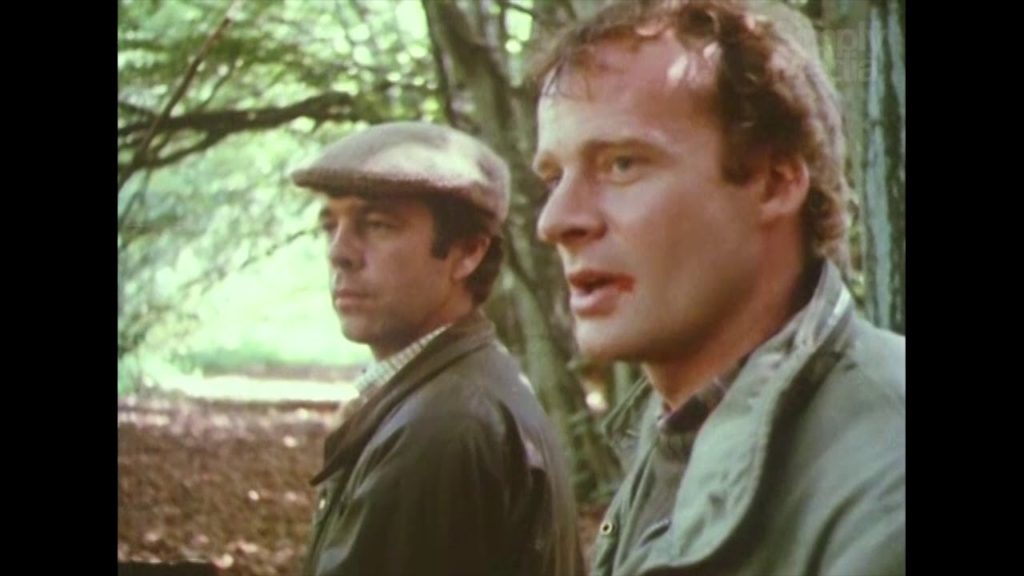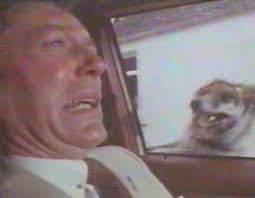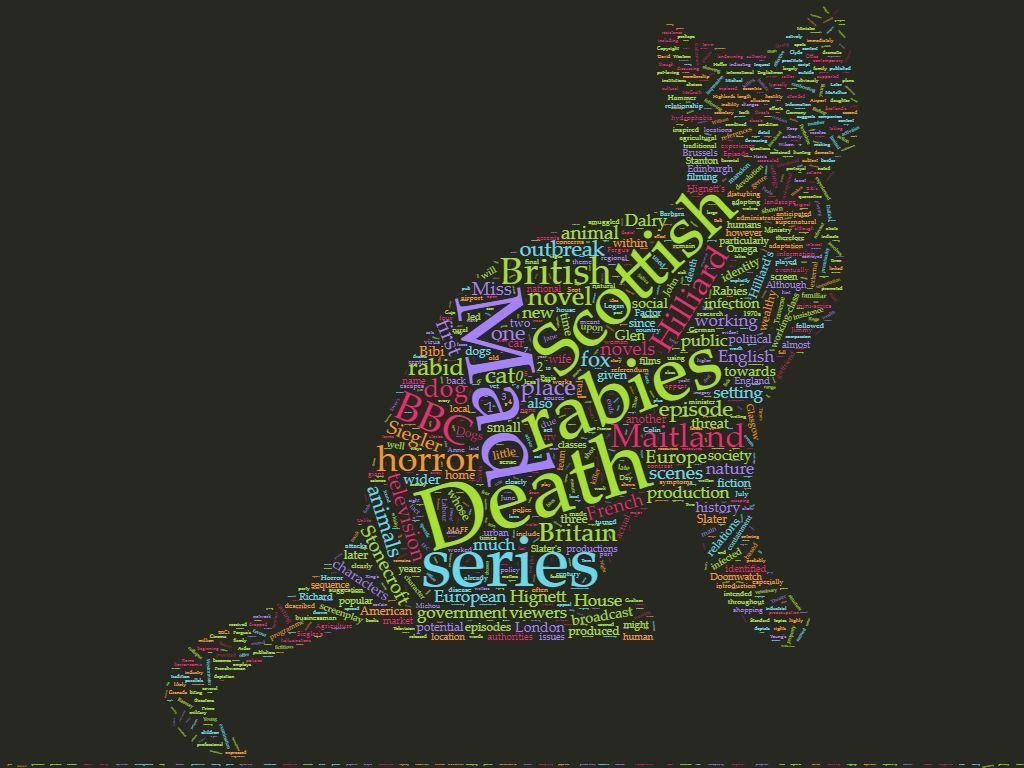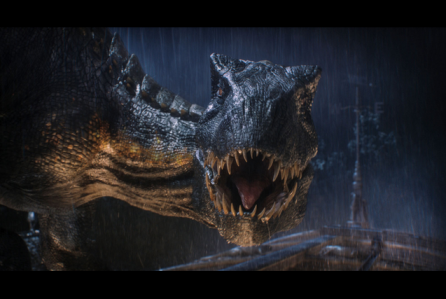
This weekend I went along to see Jurassic World: The Fallen Kingdom, the sequel to Jurassic World (Trevorrow, 2015) and the fifth in the franchise that began with Jurassic Park (Spielberg, 1993) and continued with The Lost World: Jurassic Park (1997) and Jurassic Park III (Johnston, 2001). Although the film has Derek Connolly and Jurassic World director Colin Trevorrow both returning as screenwriters, with Trevorrow and Steven Spielberg acting as executive producers, the introduction of Spanish film-maker J.A. Bayona as director gives this movie a welcome dash of Gothic horror that anyone who has seen his darkly atmospheric The Orphanage (2007) will appreciate. While in many ways the film retreads the familiar, audience-pleasing scenarios of the previous films, Bayona’s background brings some enjoyable Gothic frissons to the franchise and some elements that will please fans of classic British horror films of old. He directed a couple of episodes of Penny Dreadful too, including the frightening and surprisingly poignant ‘Séance’ episode, which surely should have earned Eva Green an Emmy.
There will be no spoilers here, or at least nothing that isn’t apparent from the trailers

The events of this film take place a few years after the first Jurassic World movie, as dino-trainer Owen Grady (Chris Pratt) and the former park manager Claire Dearing (Bryce Dallas Howard) return to Isla Nubar, a deserted ruin since the rampaging chaos of the first film. Claire’s career has changed tack somewhat, in that she is now leading a dinosaur-rights activist group, and the duo’s goal in returning to the island is to rescue the remaining dinosaurs from an imminent volcanic eruption and transfer them to safety. Their expedition is funded by the wealthy Benjamin Lockwood (James Cromwell), who – it is explained – was involved in the original dinosaur DNA experiments with John Hammond (the late Richard Attenborough.) His granddaughter Maisie Lockwood (engagingly-played by newcomer Isabella Sermon) spends most of her time bounding around the huge mansion learning about palaentology, but despite her youth, there are hints of mysterious connections between her past and that of the dinosaurs amongst whose skeletons she plays.
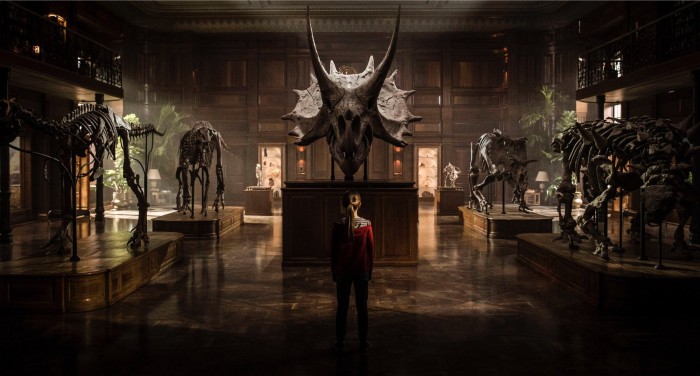
Supervising Lockwood’s rescue project is Eli Mills (Rafe Spall), an old friend of Claire’s. Now Spall will always be for me the frighteningly unstable Jay Wratten from the 2011 BBC series The Shadow Line and it’s no surprise to find him a villain here, following in the footsteps of Vic Hoskins (Vincent D’Onofrio) from the first film. He is just one of a great supporting cast of British actors, including Geraldine Chaplin and the ubiquitous but always-watchable Toby Jones.
While previous films have been pretty-much island-bound (part of the terror trap), Fallen Kingdom sees the dinosaurs moved off the island to their new home at the Lockwood Estate, a vast Gothic mansion with the inevitable basement in which unspeakable things go on. Much of Jurassic World was filmed in Pinewood Studios, but the exterior of Lockwood Manor is actually just a façade, constructed on Hawley Common, an army training ground near the Hampshire village of Minley. Bayona draws on his experience filming The Orphanage, as well as much older films and visual representations to explore the terror potential of dinosaurs loose in an old dark house.
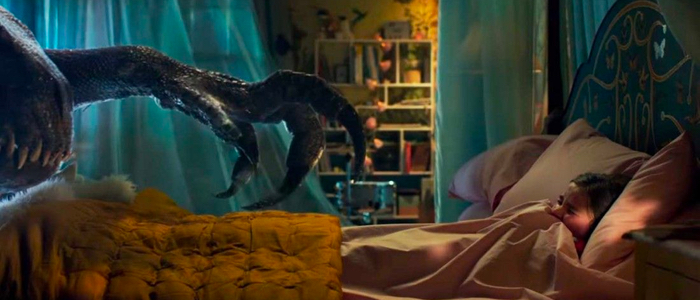
The moral message of the film is not subtle – contrasting Blue Planet’s ethos of preserving natural environments and endangered species with the unregulated self-seeking excesses of capitalist greed, private militias and the mad science that has been condemned from Frankenstein through Westworld to the previous Jurassic movies. Genetic engineering has rarely been portrayed in a positive light on the big screen, and neither the Indominus Rex of the last movie nor the Indoraptor of this one do anything to change the impressions made by watching Deep Blue Sea (Harlin, 1999) Black Sheep (King, 2006) Splice (2009) or any other Promethean fable. While there are a number of deliberate and rather obvious references to scenes from earlier films in the Jurassic franchise, viewers might also enjoy spotting gentle nods towards much older dinosaur films such as One Million Years BC (1966) and Valley of Gwangi (1969), about which I’ve written previously [see here] While watching, I was also reminded of the comic-strip story ‘Flesh’ which appeared in 2000 AD during the late 1970s.
Despite healthy box office returns the film has received mixed reviews from critics, some of whom appear oddly confused about the aims of the creators of the Jurassic franchise; while one party carps about Fallen Kingdom sticking too closely to the storyline of earlier movies, another group grouches about the folly of taking the franchise in a different direction. I think it’s fair to say that the film aims at – and achieves – a balance between nostalgia and novelty. Feverishly debating how silly it may or may not be is as pointless as the endless controversy about the correct walking speed of zombies. As some of the pics above illustrate, the film has some superb visual effects with Bayona knowing how to play with panoramic sweeps as well as atmospheric shadows and reflections. Audiences can feast their eyes while the dinosaurs feast on the baddies. Isn’t that what the franchise is all about?

